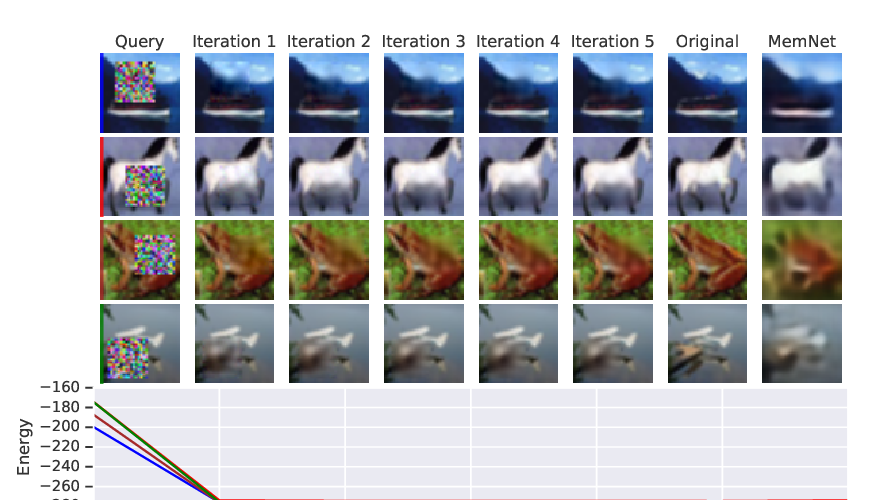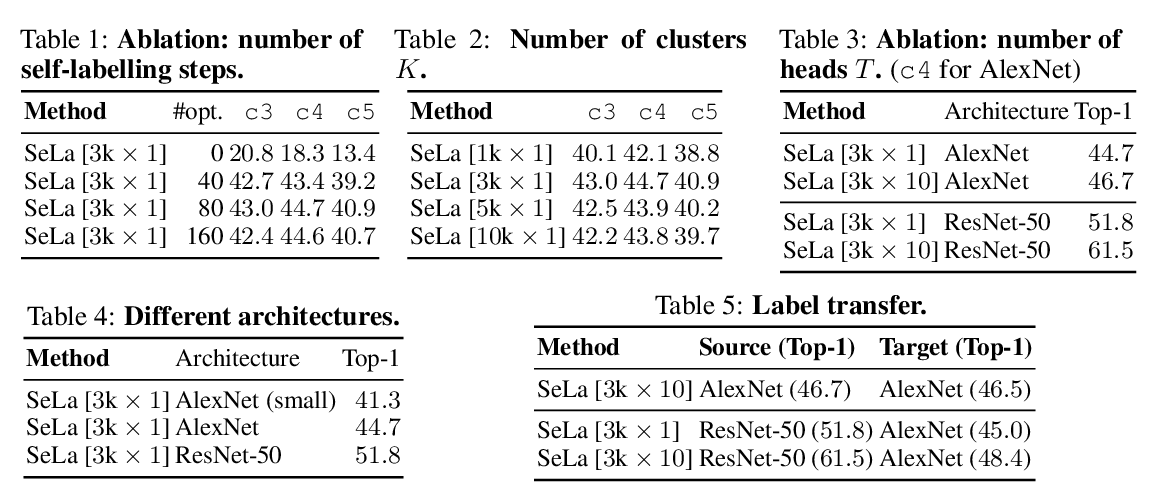Abstract:
Learning home appliance usage is important for understanding people's activities and optimizing energy consumption. The problem is modeled as an event detection task, where the objective is to learn when a user turns an appliance on, and which appliance it is (microwave, hair dryer, etc.). Ideally, we would like to solve the problem in an unsupervised way so that the method can be applied to new homes and new appliances without any labels. To this end, we introduce a new deep learning model that takes input from two home sensors: 1) a smart electricity meter that outputs the total energy consumed by the home as a function of time, and 2) a motion sensor that outputs the locations of the residents over time. The model learns the distribution of the residents' locations conditioned on the home energy signal. We show that this cross-modal prediction task allows us to detect when a particular appliance is used, and the location of the appliance in the home, all in a self-supervised manner, without any labeled data.


